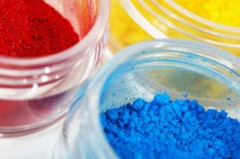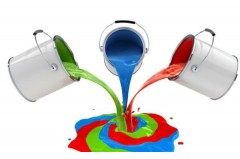Application
Is titanium dioxide safe for the human body?
Titanium dioxide (TiO2) has been widely used in various products, but its safety for human consumption and use has been a topic of ongoing research and debate. Here's an overview of the current understanding:
1. General use:
- Titanium dioxide is commonly used as a white pigment in paints, sunscreens, cosmetics, and food products.
- It's generally considered safe for external use on skin (e.g., in sunscreens).
2. Food additive:
- It's used as a food coloring agent (E171) to make products appear whiter or brighter.
- Some countries have banned or restricted its use in food due to safety concerns.
3. Safety concerns:
- Some studies have suggested that nanoparticles of TiO2 might be able to penetrate cells and potentially cause damage.
- There are concerns about its potential to accumulate in the body over time.
4. Regulatory status:
- The European Food Safety Authority (EFSA) concluded in 2021 that TiO2 can no longer be considered safe as a food additive.
- The FDA in the US still considers it safe for use in foods, drugs, and cosmetics.
5. Ongoing research:
- Studies are continuing to investigate potential long-term effects of TiO2 exposure.
6. Form matters:
- The safety profile may differ depending on whether it's used in nanoparticle form or larger particles.
In conclusion, while titanium dioxide has been widely used and considered safe for many applications, recent concerns have led to increased scrutiny and some regulatory changes. It's generally considered safe for external use, but its use as a food additive is more controversial. As with many substances, moderation in exposure is advisable, and further research is ongoing to better understand its long-term effects on human health.




